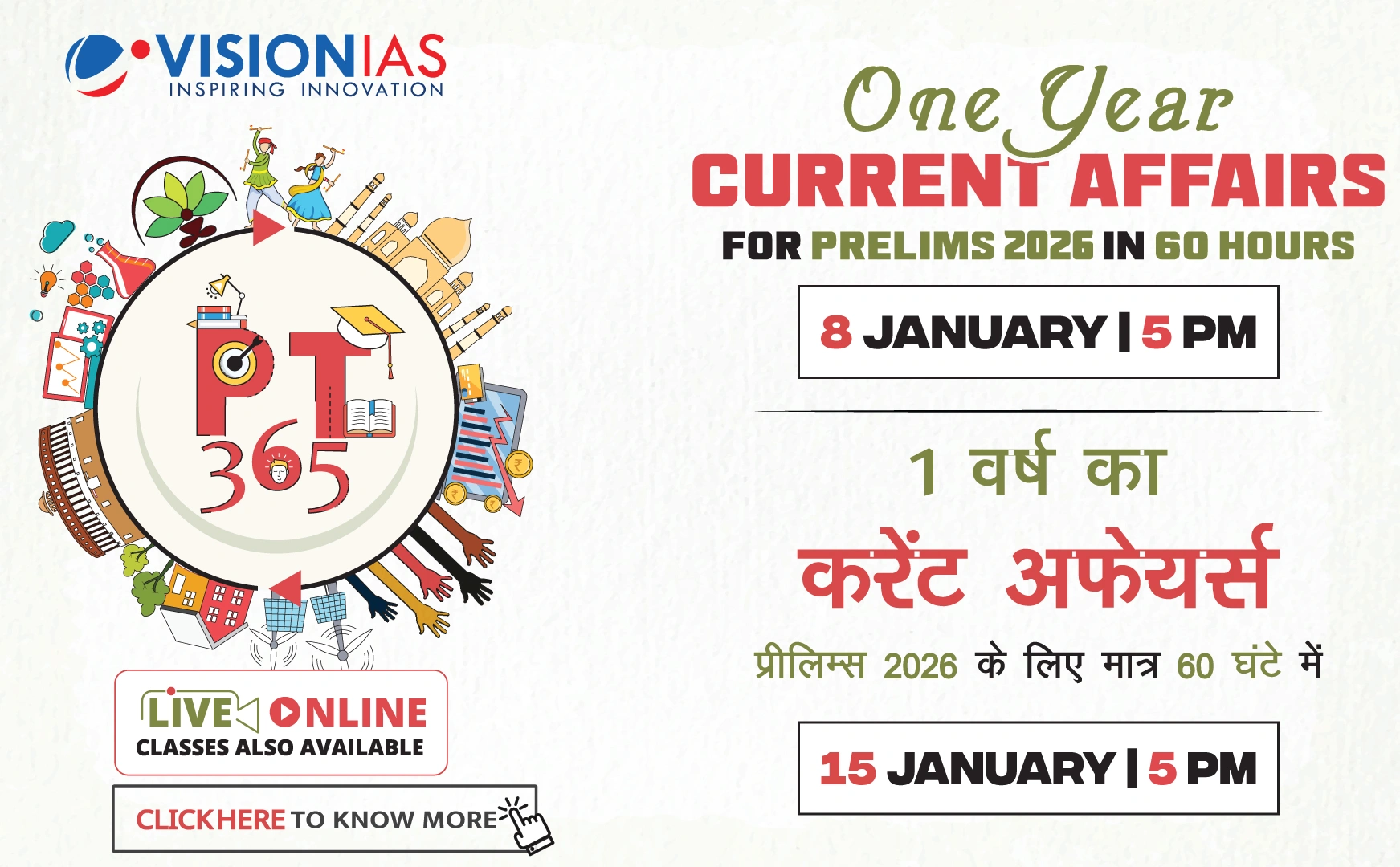Overview of Indian Nutrition Rating System and Challenges
The Indian Nutrition Rating system, introduced by FSSAI, has faced criticism for allowing foods high in fat, salt, and sugar (HFSS), as well as ultra-processed foods (UPFs), to appear healthier than they are. This system provides misleading star ratings which can create a false sense of healthfulness among consumers.
Current Issues and Criticism
- Inadequate Labelling: Foods that should have high warnings can display two stars, misleading consumers about health risks.
- Regulatory Gaps: The Food Safety and Standards Authority of India (FSSAI) has not effectively implemented the necessary labelling and advertising regulations since 2017.
- Influence of Industry: Stakeholder meetings were dominated by food industry representatives, sidelining scientific opinions.
Global and Local Comparisons
- Chile's 'high in' labels reduced UPF consumption by 24%, demonstrating the effectiveness of clear warnings over misleading star ratings.
Suggested Reforms for Nutrition Labelling
- Scrap the current Indian Nutrition Rating system in favor of mandatory 'high in' warnings based on WHO or National Institute of Nutrition guidelines.
- Establish clear sugar, salt, and fat limits for HFSS foods.
- Amend existing laws or create new legislation to harmonize advertisement restrictions for UPFs/HFSS.
- Launch awareness campaigns in multiple languages about the risks of consuming UPFs.
Obesity and Policy Implications
Obesity in India is a significant issue, with one in four adults being obese, diabetic, or pre-diabetic. The Economic Survey of 2025 suggests imposing a 'health tax' on UPFs to curb consumption, but this requires robust regulatory support and implementation.
Conclusion
The current policy framework is insufficient to tackle obesity and misleading food marketing. The Economic Survey provides a roadmap for necessary regulatory changes. Urgent action is required to fulfill the Prime Minister’s vision of a healthier India, which prioritizes public health over corporate interests.






